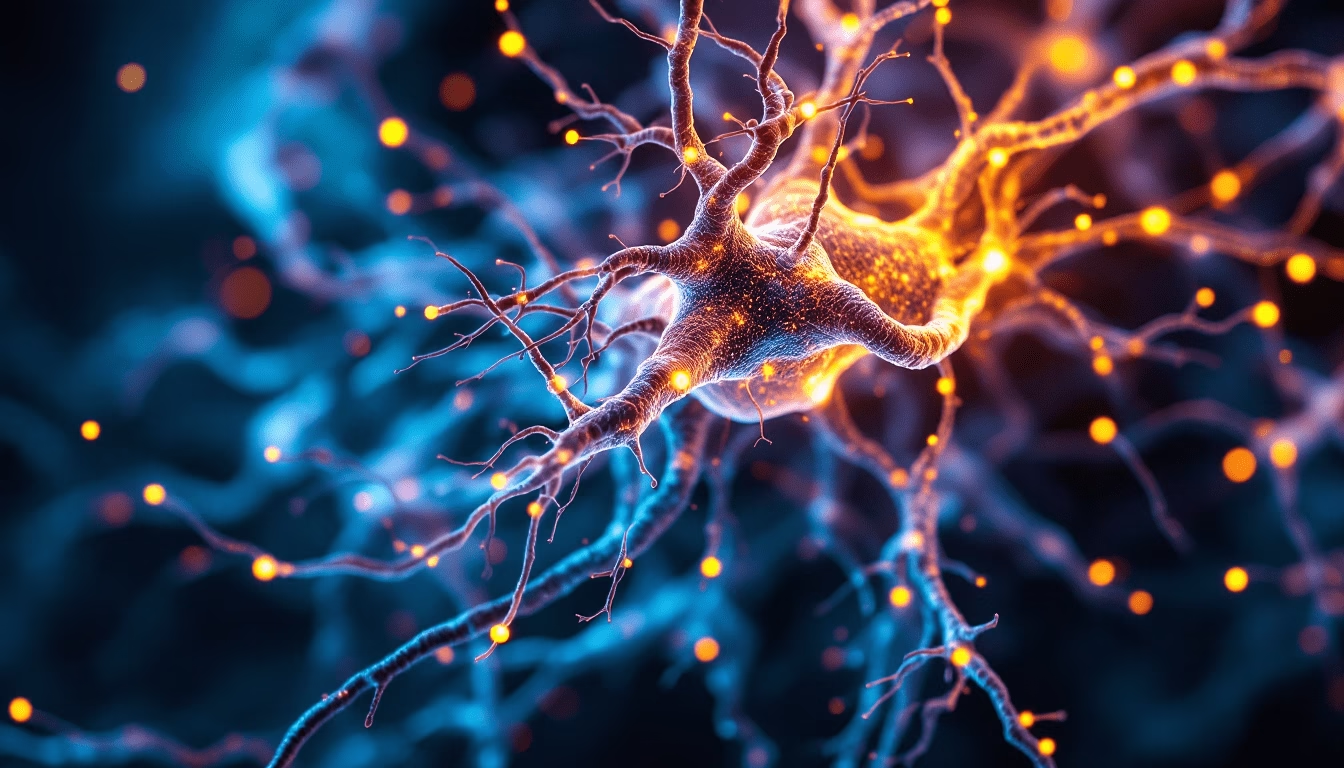Introduction
The Reticular Activating System (RAS) is a complex network of neurons located in the brainstem, responsible for regulating attention, alertness, and the sleep-wake cycle. In a world full of distractions, optimizing the functioning of the RAS can be the key to improving our concentration and productivity. In this article, we will explore reticular activating system exercises that can help activate and strengthen this vital part of the brain. Additionally, we will provide practical guidance on how to incorporate these exercises into your daily routine, promoting a more focused and productive lifestyle.
Step into the world of learning and personal growth with the Centre of Excellence!
What Are Exercises for the Reticular Activating System?
Reticular activating system exercises are activities designed to stimulate the activity of the RAS, promoting greater attention and focus. These exercises range from mindfulness practices to physical activities and cognitive challenges. While there are no specific “exercises” for the RAS like you would for a muscle, there are exercises that can help stimulate and optimize its function. Below, we present a list of 10 effective exercises, along with practical guidance for each.
1. Mindfulness Exercises
- Find a quiet place where you won’t be interrupted.
- Sit comfortably with your back straight and close your eyes.
- Focus on your breathing. Feel the air entering and leaving your lungs.
- If your mind starts to wander, gently bring your attention back to your breath.
- Practice for 5 to 10 minutes daily, gradually increasing the time as you become more comfortable.
2. Breathing Exercises
- Sit or lie down in a comfortable position.
- Inhale deeply through your nose, counting to 4, hold your breath for 4 seconds, and exhale slowly through your mouth, counting to 6.
- Repeat this breathing cycle for 5 to 10 minutes, focusing on the sensation of air entering and leaving.
- You can also try abdominal breathing by placing one hand on your abdomen and feeling it rise and fall.
3. Physical Activities
- Choose a physical activity you enjoy, such as running, swimming, cycling, or practicing yoga.
- Aim to exercise for at least 30 minutes, 3 to 5 times a week.
- During exercise, focus on the sensations in your body and your breathing, which will help keep your mind alert.
- Consider including high-intensity workouts, which have been shown to increase RAS activity.
4. Memory Games
- Dedicate 15 to 20 minutes a day to games that challenge your memory, such as card games (e.g., Solitaire) or memory apps (e.g., Lumosity).
- Try to increase the difficulty of the games as you become more comfortable, challenging your concentration skills.
- You can also play strategy and memory board games, such as chess or dominoes.
5. Cognitive Challenges
- Set aside time each day to solve puzzles, such as Sudoku, crosswords, or riddles.
- Start with easier challenges and increase the difficulty as your skills improve.
- Aim to dedicate at least 15 to 30 minutes to these exercises daily, creating a routine that stimulates your brain.
6. Visualization Techniques
- Find a quiet place and close your eyes.
- Think of a goal or scenario you want to achieve. Visualize all the details, such as what you see, hear, and feel.
- Practice this visualization for 5 to 10 minutes daily, reinforcing your motivation and focus.
- You can also use visualization to prepare for specific situations, such as presentations or interviews.
7. Environmental Changes
- Identify a space where you usually work or study.
- Make small changes, such as rearranging furniture, changing lighting, or adding elements you enjoy (plants, pictures).
- Experiment with working in different locations, such as a library, café, or park, to stimulate your mind and avoid monotony.
8. Exposure to Bright Light
- Try to spend at least 20 to 30 minutes outdoors during the day, especially in the morning, to take advantage of natural light.
- If that’s not possible, consider using a bright light lamp (daylight lamp) in your home or office.
- Light helps regulate your circadian rhythm, improving attention and alertness. Also, try opening curtains to let light in.
9. Auditory Stimuli
- Create a playlist of music that you find energizing or relaxing.
- Listen to this music while working, studying, or performing daily tasks.
- Also, try nature sounds or focus playlists available on streaming platforms, which can help maintain concentration.
10. Learning Something New
- Choose a new skill or hobby you would like to learn, such as playing an instrument, cooking a new recipe, or learning a language.
- Dedicate specific time each week to practice this new skill, starting with short sessions of 20 to 30 minutes.
- Use apps, online videos, or courses to guide you through the learning process and keep you motivated.
Conclusion
Reticular activating system exercises are valuable tools for those seeking to improve attention and productivity. Incorporating these practices into your routine can not only optimize the functioning of the RAS but also promote a more balanced and conscious lifestyle. By trying out these suggestions, you may observe how they impact your ability to focus and stay alert.
Step into the world of learning and personal growth with the Centre of Excellence!
If you are interested in learning more about the Reticular Activating System and how it can influence your daily life, feel free to contact us. Share this article on your social media to help others discover the benefits of RAS exercises! Let’s explore together how we can optimize our minds and focus!
Frequently Asked Questions:
What practical steps can I take to incorporate RAS exercises into my daily routine?
You can integrate RAS exercises by practicing mindfulness and breathing techniques daily, participating in physical activities regularly, engaging in memory and brain games, modifying your environment for stimulation, and exposing yourself to natural light to promote sustained focus and alertness.
How do cognitive challenges like puzzles influence the reticular activating system?
Cognitive challenges such as puzzles, Sudoku, or riddles stimulate the RAS by engaging your brain in problem-solving and concentration, thereby enhancing alertness and mental focus.
What type of physical activities are recommended to activate the RAS?
Recommended physical activities include running, swimming, cycling, and yoga, ideally performed for 30 minutes, 3 to 5 times a week. During these activities, focusing on bodily sensations and breathing helps stimulate the RAS effectively.
How can mindfulness exercises improve my focus through the RAS?
Mindfulness exercises enhance focus by encouraging you to concentrate on your breath and present moment awareness, which stimulates the RAS and increases your alertness and attention span.
What are reticular activating system exercises, and how do they work?
Reticular activating system exercises are activities designed to stimulate the RAS, promoting increased attention and focus. These include mindfulness, breathing, physical activities, memory games, and cognitive challenges, which help optimize the functioning of this vital brain network.
References:
- Tapia, J. A., Trejo, A., Linares, P., Alva, J. M., Kristeva, R., & Manjarrez, E. (2013). Reticular activating system of a central pattern generator: premovement electrical potentials. Physiological reports, 1(5).
- Jouvet, M. (1972). The role of monoamines and acetylcholine-containing neurons in the regulation of the sleep-waking cycle. Neurophysiology and neurochemistry of sleep and wakefulness, 166-307.
- Garcia-Rill, E., Virmani, T., Hyde, J. R., D’Onofrio, S., & Mahaffey, S. (2016). Arousal and the control of perception and movement. Current trends in neurology, 10, 53.
- Schwartz, J. R., & Roth, T. (2008). Neurophysiology of sleep and wakefulness: basic science and clinical implications. Current neuropharmacology, 6(4), 367-378.
- Brown, R. E., Basheer, R., McKenna, J. T., Strecker, R. E., & McCarley, R. W. (2012). Control of sleep and wakefulness. Physiological reviews.
- Modesto-Lowe, V., Farahmand, P., Chaplin, M., & Sarro, L. (2015). Does mindfulness meditation improve attention in attention-deficit hyperactivity disorder? World Journal of Psychiatry, 5(4), 397.
- García, M. G. (2010). Neuroanatomic bases of hypocretin actions on the ascending reticular activating system: a contribution to narcolepsy physiopathology. En Anales de la Real Academia Nacional de Medicina (Vol. 127, No. 2, pp. 327-346).
Body, Mind, And Soul For A Fulfilled Life!



